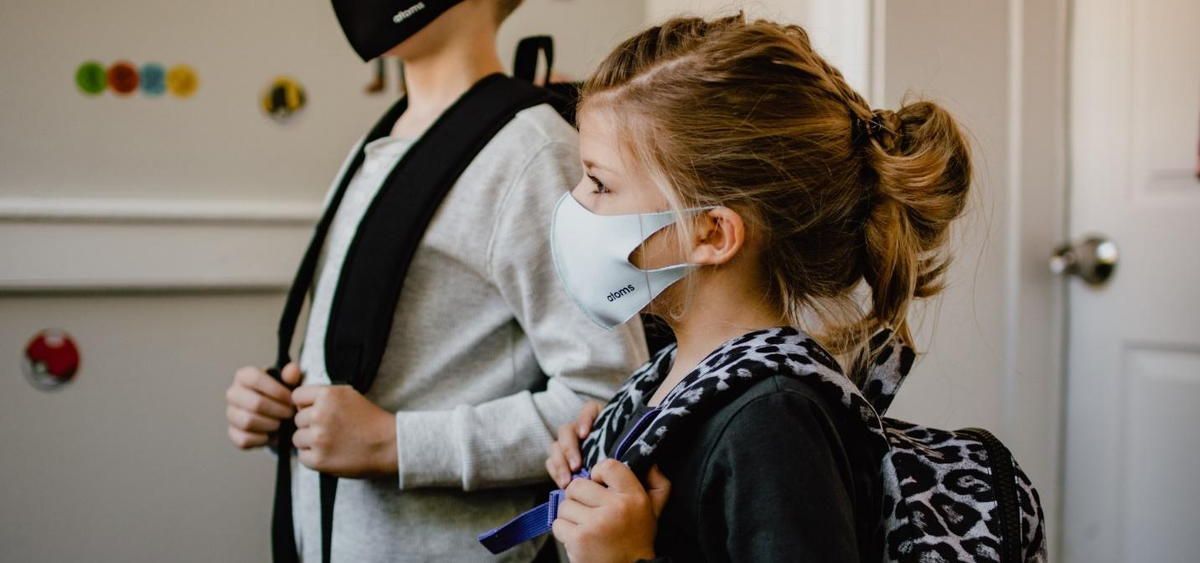How to Help Your Shy Child Relax and Have a Fulfilling Social Life
Does your child struggle with anxiety, especially in social situations?
Do you want your child to feel relaxed and enjoy a more fulfilling social life?
It’s possible. Even better, they can get the help they need at home, where they feel the most comfortable. Soon, your child can feel confident and prepared for what the world has to offer.
Step 1: Keep Track of Your Child’s Social Interactions
By maintaining a log of how your child interacts in the world, you can begin to develop a clearer picture of their challenges and strengths. If your child is old enough, ask them to keep a diary of these interactions for a week. Have them note the day and, if possible, the time. Ask them to write what happened, the situation, and the outcome. For instance, on Monday, John wanted to play the group game, but was too shy to ask. The outcome was that he didn’t get to play and felt sad.
Step 2: Review the Data
At the end of the week, sit down with your child and review the data. You can get them excited by making this into a research experiment for which they are the scientist. Have your child organize the interactions into two categories:
- Interactions with a satisfactory outcome.
- Interactions with an unsatisfactory outcome.
Together, review the information. Are there any trends that either of you notice? Does your child see a pattern?
Step 3: Brainstorm Solutions
Again, working with your child, brainstorm possible solutions. In the previous example above, John might approach just one child, instead of asking the whole class to participate in the group activity. That way, it’s not as intimidating as having to talk to everybody. Make a list of similar solutions.
Step 4: Practice New Skills
Before applying these social solutions in real life, your child can practice these new skills at home. Set up some scenarios that recreate scenes in your child’s everyday life. Your child can practice what to do differently at home to develop a sort of mental “muscle-memory” before having to do act in real life.
Step 5: Provide a Reward
You can reinforce positive behaviors with your child by offering rewards for a job well done. Let’s say, your child, again, is on the playground and wants to participate with the group. Instead of not playing, he or she asks an individual student if he can join. By the end of the game, he has been able to interact with everybody and may even have a new friend! When he gets home and makes his report, you can provide a reward for trying something new. Some ideas include:
- Eating out at their favorite restaurant.
- Attending a park, mall, or movie theater.
- Earning a certain amount of time for your child to choose what to do.
You can create a scoreboard or other tracking method in your home. Have it in a place of prominence, such as the refrigerator.
Consider Professional Help for Helping Your Child Relax
Not sure if you can implement this on your own? Why not bring in a professional to help? Caitlin Young is a board certified Behavior Analyst who can help you and your child through this process. Together, in your own home, Caitlin can coach your child on specific strategies that will help them overcome shyness and allow them to participate more socially.
Social situations don’t have to be overwhelming.
Practicing these skills at home offers privacy, support, and the boost of confidence they need. By analyzing your child’s interactions with others and applying new learning strategies, your child will be empowered to meet social challenges head-on.










